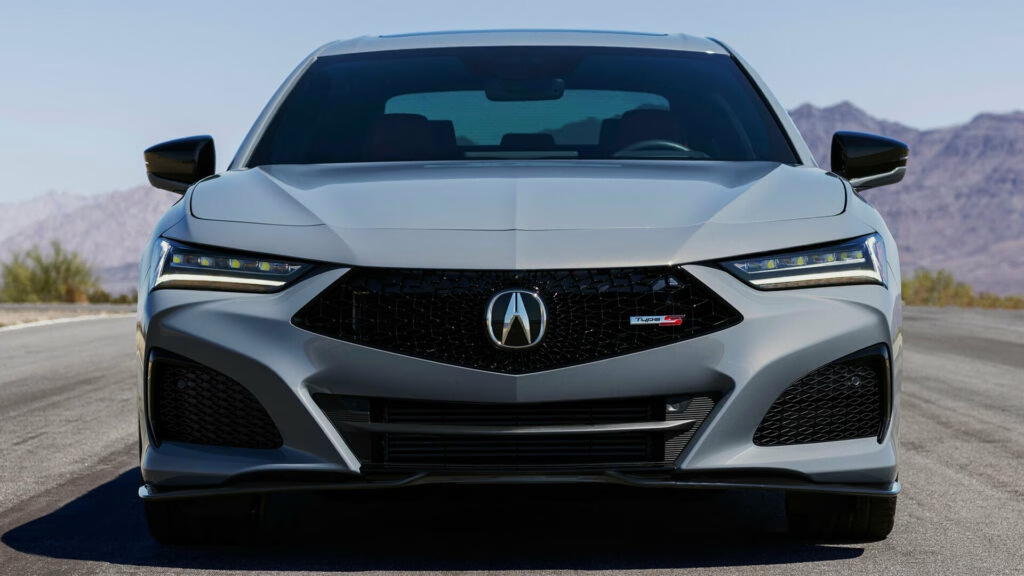Why Is Acura Ending Production of the TLX After 30 Years?
Acura is quietly closing the book on one of its most recognizable sedans—the TLX—after a three-decade run. If you’re wondering why a nameplate with such a long history is bowing out, the answer is simple: the numbers just don’t add up anymore. In the first half of this year, only 3,634 TLXs found homes in the US. That’s not just a dip; it’s a nosedive compared to the model’s heyday. For context, back in 2015, Acura moved over 47,000 TL/TLX units. By 2019, that number had already halved, and the pandemic years only accelerated the slide.
Acura’s official line is that the decision helps them “better align with the evolving needs of our customers and the changing landscape of the automotive industry.” Translation? Crossovers are eating sedans’ lunch, and Acura is following the crowd. The TLX’s decline isn’t unique—sedans across the board are losing ground to SUVs and crossovers, which now account for more than half of all new vehicle sales in the US, according to data from the National Automobile Dealers Association.
What Role Did Crossovers Play in the TLX’s Decline?
Let’s be honest: crossovers are everywhere. They’re practical, roomy, and offer that high-riding feel so many drivers crave. Acura’s own lineup is proof. The new ADX and the upcoming RSX are both crossovers, and they’re getting the lion’s share of attention and investment. Even the brand’s entry-level Integra, a sporty liftback, is outselling the TLX by more than three to one.
It’s not just an Acura thing, either. The entire industry has shifted. According to a 2023 report from J.D. Power, SUVs and crossovers made up nearly 80% of luxury vehicle sales in the US. That’s a tidal wave no sedan can swim against for long. The TLX, despite its sharp looks and strong performance, simply couldn’t compete with the practicality and popularity of its crossover siblings.
How Has the TLX’s Sales Performance Changed Over Time?
The numbers tell a pretty clear story. In 2015, the TLX (and its predecessor, the TL) was a cornerstone for Acura, with over 1 million units sold in North America over its lifetime. Fast forward to 2023, and sales had plummeted to just 7,478 units—a staggering 55.6% drop from the previous year. This year’s numbers are even more sobering, with the TLX on track for its worst performance yet.
Acura’s PR team pointed to “significant reconfiguration” at their Marysville Auto Plant as a reason for the slump, but the reality is that there was plenty of inventory sitting on dealer lots. The real culprit? Waning demand. Shoppers just aren’t lining up for midsize luxury sedans like they used to.
What Happens to Acura’s Sporty Sedan Legacy Now?
If you’re a fan of Acura’s sporty sedans, don’t despair just yet. The brand is putting its weight behind the Integra and Integra Type S, which they say will carry on the TLX’s performance legacy. The Integra has already proven it can move units, and the Type S variant brings the kind of power and handling that enthusiasts crave.
Acura’s messaging is clear: while the TLX is stepping aside, the spirit of fun-to-drive, well-equipped sedans isn’t disappearing entirely. Instead, it’s being distilled into models that better fit today’s market and buyer preferences. The Integra’s recent awards and strong sales numbers suggest that Acura’s bet on a more compact, versatile performance car is paying off.
What Made the TLX Stand Out in Its Final Years?
Even as sales slowed, the TLX remained a compelling option for those in the know. The 2025 model, starting at $45,400, came with a turbocharged 2.0-liter four-cylinder engine pushing out 272 horsepower. For those who wanted more punch, the TLX Type S offered a twin-turbo 3.0-liter V6 with 355 horsepower and 354 lb-ft of torque—numbers that put it squarely in the conversation with German rivals.
The TLX’s chassis tuning, sharp steering, and available Super Handling All-Wheel Drive (SH-AWD) system made it a favorite among driving enthusiasts. It was a car that rewarded spirited driving, even if it didn’t shout about it. But in a world where buyers are prioritizing cargo space and ride height over lap times, those qualities just weren’t enough to keep the TLX afloat.
How Are Acura’s Future Plans Shaping Up?
With the TLX exiting stage left, Acura is doubling down on crossovers and electrification. The upcoming RSX, for example, is expected to be a high-tech, performance-oriented SUV, and the ADX is already drawing interest from buyers who want luxury without sacrificing practicality. Meanwhile, the Integra continues to anchor the brand’s sedan lineup, offering a blend of performance and everyday usability.
Industry analysts expect this trend to continue. According to a 2024 forecast by Cox Automotive, SUVs and crossovers will make up nearly 85% of luxury vehicle sales by 2026. Acura’s pivot isn’t just a reaction—it’s a strategic move to stay relevant as the market evolves.
What Should Shoppers and Enthusiasts Take Away From the TLX’s Farewell?
If you’ve ever admired the TLX or owned one, it’s natural to feel a twinge of nostalgia as it rides off into the sunset. But the reality is, the automotive world is changing fast, and brands like Acura are making tough choices to keep up. The TLX’s departure marks the end of an era, but it also signals a new chapter—one focused on crossovers, electrification, and a more targeted approach to performance.
The big takeaway? Adapting to change in the car world isn’t about perfection—it’s about smarter adjustments. Start with one change this week, and you’ll likely spot the difference by month’s end. Whether you’re shopping for a new ride or just watching the industry evolve, staying open to what’s next is the best way to stay ahead of the curve.

